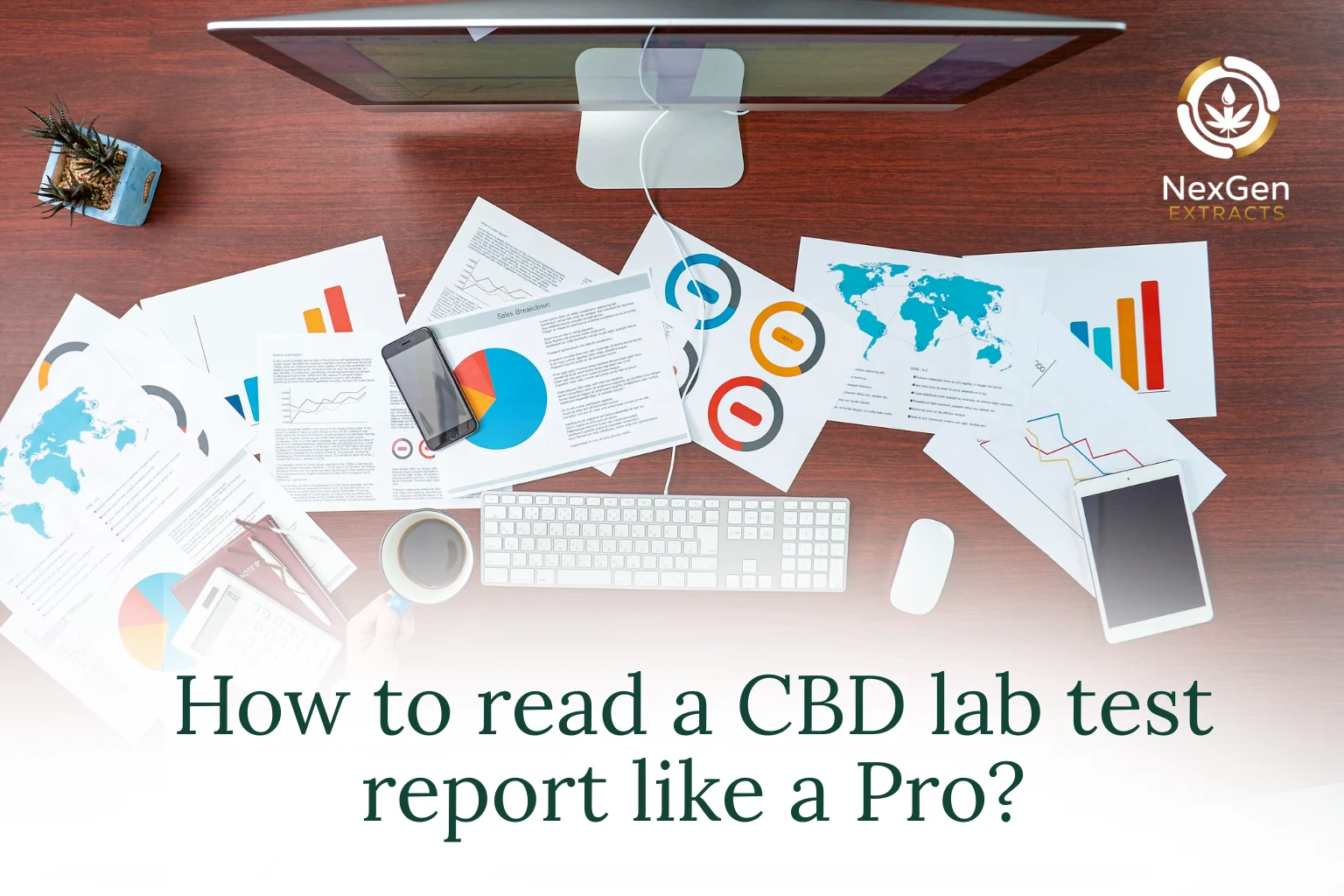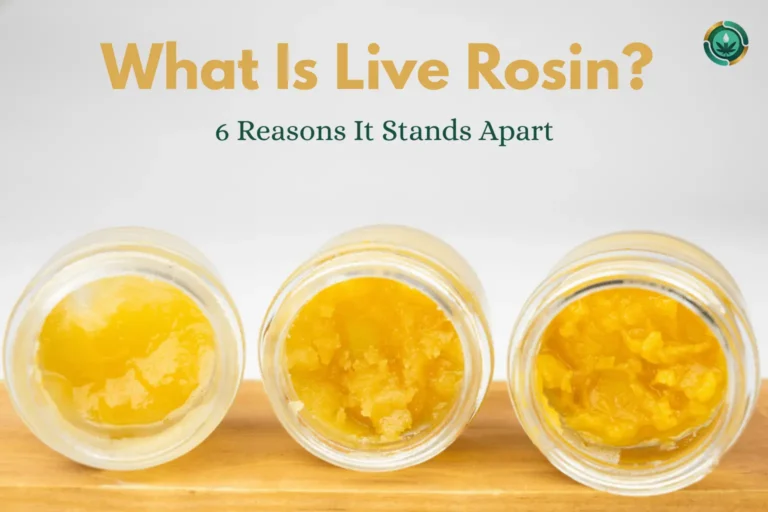
If you are shopping for CBD then you will often see brands which highlight the product and they are third party lab tested or backed by a COA (certificate of analysis). Most of the users open the test reports to find pages of scientific jargon, acronyms and confusing charts. Some of them simply close documents and they take the brand’s word for it. CBD is not heavily regulated, the lab reports are your only window into what is really inside the product. Once you get to know how to interpret them then you will not only protect yourself from weak or unsafe products but also ensure that you are getting maximum value for your money.
Why CBD Lab Tests Are So Important
CBD products do not go through strict government testing. They are not like prescription drugs or FDA approved supplements. It is up to the responsible brands that prove their products are safe, legal and effective.
- Potency
- Legality
- Safety
- Transparency
A proper lab test report gives peace of mind while it exposes brands that cut corners.
Breaking Down the Sections of a Lab Report
Main parts of CBD are:
Cannabinoid Profile (Potency Test)
This is the heart of the report. This shows the concentration of the cannabinoids that are the active compounds in hemp. They look for:
- CBD (Cannabidiol): It is the main attraction. If the bottle says 1000mg of CBD then the report should reflect something close. The lab results may vary slightly, but not dramatically.
- THC: The psychoactive cannabinoid in cannabis. Legal hemp derived CBD products must contain less than 0.3% THC.
- Other Cannabinoids: full spectrum and broad spectrum products often include CBG, CBC, CBN, THCa and others. These minor cannabinoids work together with CBD that creates an entourage effect. It enhances the benefits.
If the product claims to be full spectrum but the lab test only shows CBD and nothing else.
Terpene Profile
Terpene are natural compounds that give hemp its aroma and flavor like citrusy limonene and relaxing myrcene. They influence how CBD affects your uplifting, calming and focus enhancing. It is a diverse terpene profile which often indicates a highest quality extract which preserves more of the hemp plant’s natural compounds.
Contaminant Testing
This section ensures the product is safe to use. Hemp is known as a bioaccumulator which means it absorbs substances from the soil which are both good and bad. It makes contaminant testing crucial.
Categories are:
- Pesticides: Should read “ND” not detected. Pesticides are toxic and unsafe for consumption.
- Heavy Metals: look for the lead, arsenic, cadmium and mercury. These all should be absent.
- Residual Solvents: During extraction, the solvents like ethanol or butane might be used. The clean products should test solvent free.
- Microbials & Mycotoxins: Ensures that there should not be any mold, bacteria or fungus.
If the report does not include contaminant testing or if the brand just posts a potency test then also it is incomplete. The user should always look for full panel testing.
Understand the units
- mg/g (milligrams per gram): this tells you how much compound is used in each gram of the product.
- % (percentage): it shows the concentration related to the product’s total weight.
- ND (Not Detected): it means that the substance is not yet found. It is great for contaminants but if CBD itself shows “ND“ then it is a problem.
Users should always match the lab report’s CBD milligrams to what’s advertised on the label. If the numbers are way off then you are not getting what you paid for.
Batch Numbers & Dates
Each lab report should include a batch number which matches your product packaging. It should also include a date of testing which is ideally within the last 12 months. The old lab test or missing batch number can mean that the report does not correspond to a specific product.
Keep an eye out when you are reviewing the lab reports:
- No lab report available: If a brand doesn’t show COA. Do not trust that brand and avoid it.
- Only potency testing provided: Without any contaminant testing, you can’t be sure that the product is safe to use.
- Results don’t match the label: If the product claims 30mg CBD per gummy but the report does not show the same or less mg then it is misleading.
- Outdated COAs: Old test reports do not guarantee current product quality.
- THC above 0.3%: It is illegal for hemp products and can’t pass the drug test.
Why Reading COAs Makes You a Smarter Buyer
By reading COA you can:
- Verify whether a product is worth the price or not.
- Confirm the brand’s honesty.
- Protect your health from hidden contaminants.
- Choose products that truly deliver the effects you’re seeking.
Final Thoughts
CBD lab reports may look intimidating at first glance but if you know how to read them then they become your most valuable shopping tool. They prove if the product is safe, legal or worth your investment or not. The COA is a third party lab test report. It ensures the content and safety. It also ensures the brand honesty.
FAQs
What is COA and why is it important?
The certificate of analysis is third party lab test reports that verify the content and safety of the CBD products. This ensures that the user is getting an advertised amount of CBD without any harmful contaminants.
How do I know if a CBD lab test is legitimate?
To know the CBD lab test is legitimate, the user has to look for third party lab names and credentials on the report. The lab result should include the batch numbers, testing dates and complete sections for potency and safety.
What happens if THC levels are above 0.3%?
The product may be illegal under the 2018 farm bill.
Do all CBD products have terpenes listed?
Terpene testing is optional but higher quality brands often include it for full spectrum or the premium products.
How often should CBD brands test their products?
If the brand tests each batch then it is best. Lab reports should be updated yearly to maintain the consistency and confirm the safety.



![Can You Freeze Edibles? [5 Storage Tips To Keep Your THC Treats Fresh & Potent]](https://nexgenextracts.com/wp-content/uploads/2025/12/nexgen-extracts-blog-banner-6-768x512.webp)